Newborn States
Slide 1 of 17: Synopsis
Author

S. Stavros Valenti, Hofstra University
Synopsis
In this activity, we consider the six states of arousal that newborns pass through in their trek from sleep to wakefulness. After you become familiar with these six states, you will have a chance to identify them in some videos of newborns.
References
Cole, M., & Cole, S. R. (2001). The development of children (4th ed.). New York: Worth.
Siegler, R., DeLoache, J., & Eisenberg, N. (2003). How children develop. New York: Worth.
Slide 2 of 17: The Newborn’s Six Primary States of Arousal
 quiet awake
quiet awake
|
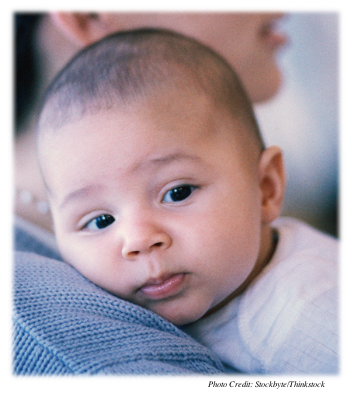 drowsiness
drowsiness
|
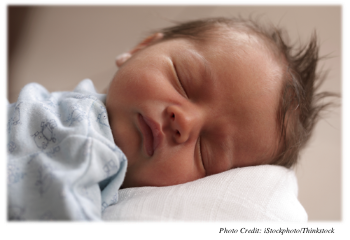 deep sleep
deep sleep
|
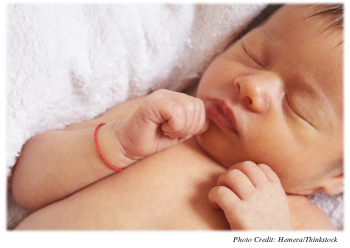 active sleep
active sleep
|
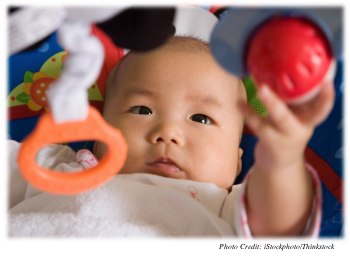 active awake
active awake
|
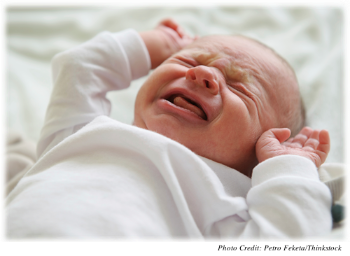 crying
crying
|
What newborns notice, learn, and do depends on their state of arousal, or their general level of alertness and activity. Developmentalists have identified six primary states of arousal: deep sleep, active sleep, drowsiness, quiet awake, active awake, and crying. As you will see in the screens that follow, each of these six states is associated with its own pattern of activity, such as gross muscle movements, eye movements, breathing patterns, and brain states.
Slide 3 of 17: Waking and Sleeping Cycles

Over a 24-hour period, a typical newborn in the United States will experience about seven sleep intervals and seven waking intervals. The peaks in this diagram represent relatively alert intervals, and the valleys represent periods of sleep. The various states of arousal occur throughout the day and night as the newborn moves between waking and sleeping.
Slide 4 of 17: The Quiet Awake State
- Chapters
- descriptions off, selected
- captions settings, opens captions settings dialog
- captions off, selected
- English Captions
This is a modal window.
Beginning of dialog window. Escape will cancel and close the window.
End of dialog window.
This is a modal window. This modal can be closed by pressing the Escape key or activating the close button.
This is a modal window.
In the quiet awake state, the newborn’s eyes are wide open, and the infant shows only slight activity. You can expect a mild response to sights, sounds, and touch. Quiet awake may occur shortly after waking, or it may follow a more active period.
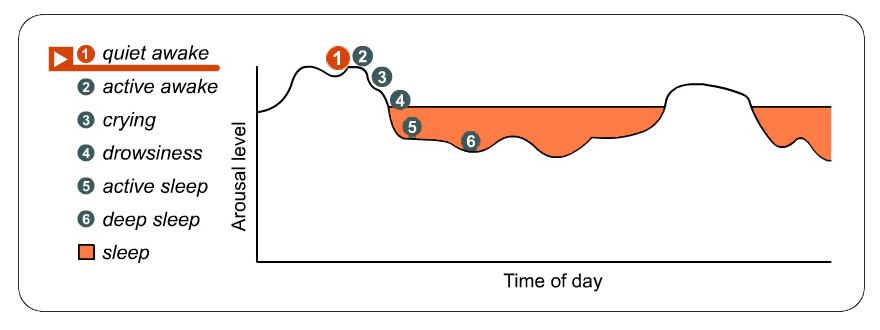
Slide 5 of 17: The Active Awake State
- Chapters
- descriptions off, selected
- captions settings, opens captions settings dialog
- captions off, selected
- English Captions
This is a modal window.
Beginning of dialog window. Escape will cancel and close the window.
End of dialog window.
This is a modal window. This modal can be closed by pressing the Escape key or activating the close button.
This is a modal window.
In the active awake state, the newborn shows a higher level of activity moving more frequently and occasionally making sounds. The infant’s reactions to sights and sounds are stronger than they are in the quiet awake state.
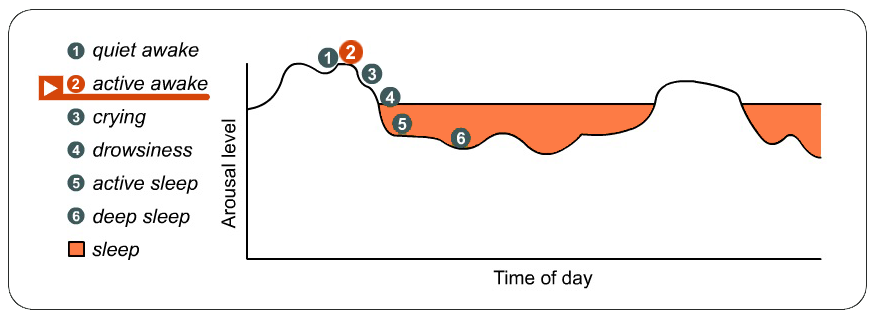
Slide 6 of 17: The Crying State
- Chapters
- descriptions off, selected
- captions settings, opens captions settings dialog
- captions off, selected
- English Captions
This is a modal window.
Beginning of dialog window. Escape will cancel and close the window.
End of dialog window.
This is a modal window. This modal can be closed by pressing the Escape key or activating the close button.
This is a modal window.
In the earliest days, a newborn’s cry is an involuntary reflex just as breathing and eye blinks are reflexes. Crying is controlled by structures in the lower, primitive parts of the brain in response to whenever the infant is in distress and needs comfort or food. After a few months, however, crying becomes more voluntary. At that point, the infant can use her cry to get the caregiver’s attention.
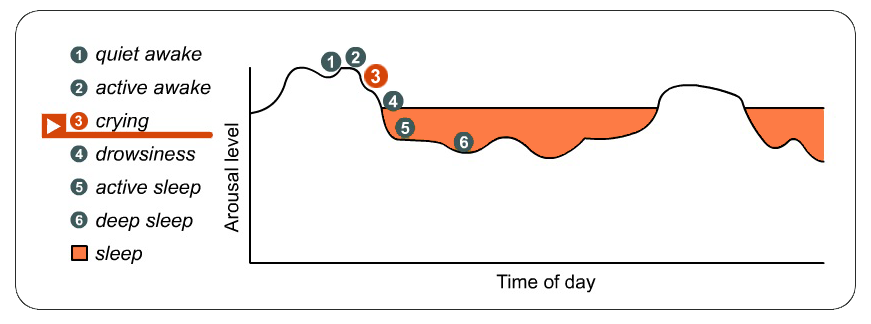
Slide 7 of 17: The Drowsiness State
- Chapters
- descriptions off, selected
- captions settings, opens captions settings dialog
- captions off, selected
- English Captions
This is a modal window.
Beginning of dialog window. Escape will cancel and close the window.
End of dialog window.
This is a modal window. This modal can be closed by pressing the Escape key or activating the close button.
This is a modal window.
In the drowsiness state, newborns and infants open and close their eyes, which usually have a glazed-over appearance. Sleep is not far off!
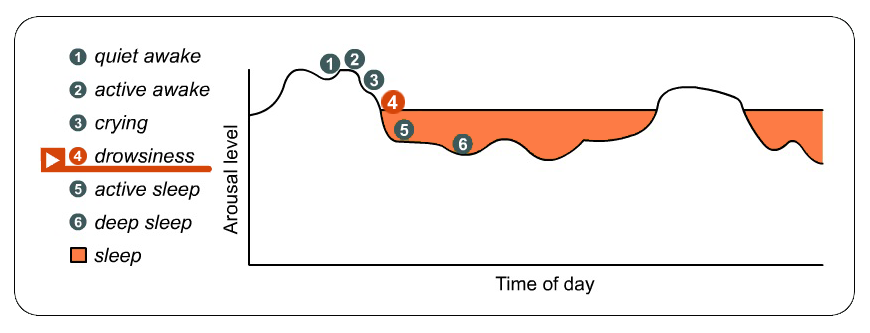
Slide 8 of 17: The Active Sleep State
- Chapters
- descriptions off, selected
- captions settings, opens captions settings dialog
- captions off, selected
- English Captions
This is a modal window.
Beginning of dialog window. Escape will cancel and close the window.
End of dialog window.
This is a modal window. This modal can be closed by pressing the Escape key or activating the close button.
This is a modal window.
During active sleep, also known as rapid eye movement (REM) sleep, the infant shows a good deal of movement of the face and eyes under closed lids and some body movements, such as tossing and turning. Active sleep occurs at the start of a period of sleep for newborns. This differs from the normal adult pattern in which the adult sleeper first enters a deep-sleep stage and then proceeds to REM sleep.
Newborns spend about 8 hours a day, which is 50 percent of their total sleeping time, in REM sleep. The proportion of REM sleep declines rapidly in the months after birth. After age 3 or 4, children spend only about 20 percent of their total sleeping time in REM sleep.
Why do newborns spend so much time in REM sleep? Current research suggests that this is nature’s way of making up for the newborn’s lack of external visual stimulation during sleep. To develop properly, the neural circuits for vision need stimulation, and REM sleep creates patterns of brain stimulation that facilitate this development.
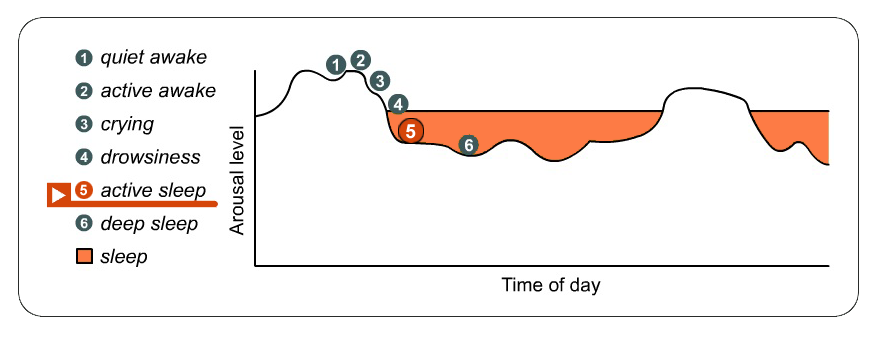
Slide 9 of 17: The Deep Sleep State
- Chapters
- descriptions off, selected
- captions settings, opens captions settings dialog
- captions off, selected
- English Captions
This is a modal window.
Beginning of dialog window. Escape will cancel and close the window.
End of dialog window.
This is a modal window. This modal can be closed by pressing the Escape key or activating the close button.
This is a modal window.
In deep sleep, also known as non-rapid eye movement (NREM) sleep, the newborn is at full rest. Muscle tone and activity are low, and the eyes are still and closed. Breathing is slow and regular.
After two or three months, the sequence of active sleep and deep sleep will reverse, and deep sleep will come before active sleep as it does in adults.
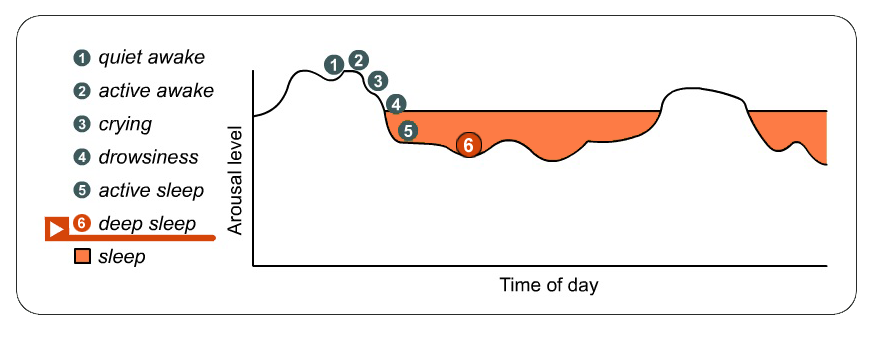
Slide 10 of 17: A Typical Day in the Life of a Newborn
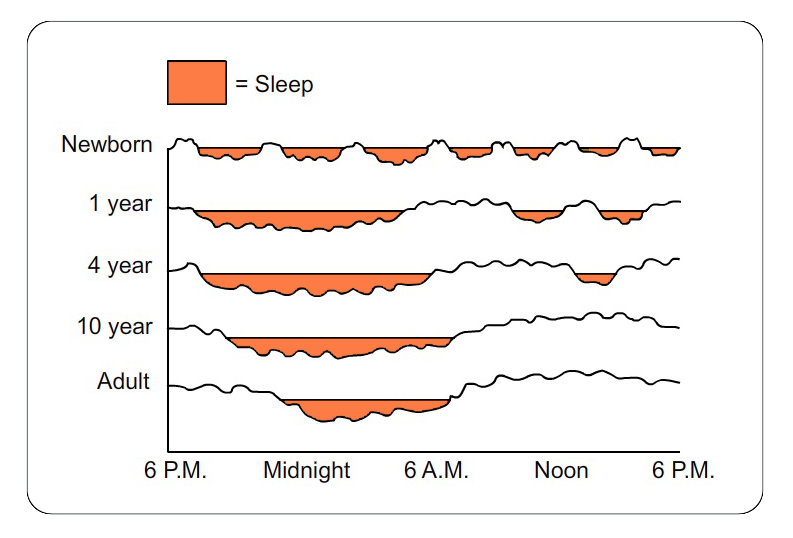
The top segment of this diagram shows the typical portion of a 24-hour period that a newborn in the United States spends in each of the six states of arousal.
Some of you may wonder why new parents often complain of sleep deprivation when newborns are sleeping for 16 hours a day. The challenge for new parents is that newborns get their sleep in short naps that may last for a few minutes to a few hours. Therefore, they can be asleep or awake at any time of day or night.
As the chart shows, these round-the-clock bouts of sleep consolidate into a long period of sleep at night and a few naps during the day. Over time, newborns’ cycles of arousal across the day gradually shift into the typical adult patterns of sleeping and waking.
Slide 11 of 17: Identify the State of Arousal
- Chapters
- descriptions off, selected
- captions settings, opens captions settings dialog
- captions off, selected
- English Captions
This is a modal window.
Beginning of dialog window. Escape will cancel and close the window.
End of dialog window.
This is a modal window. This modal can be closed by pressing the Escape key or activating the close button.
This is a modal window.
 quiet awake
quiet awake
|
 drowsiness
drowsiness
|
 deep sleep
deep sleep
|
 active sleep
active sleep
|
 active awake
active awake
|
 crying
crying
|
In the next several pages, you will have a chance to try your hand at identifying some of the states of arousal in video clips of newborns.
When you feel confident that you can identify the state of arousal, select the newborn state below that most closely corresponds to the infant’s state that you see in the video clip.
Slide 12 of 17: Identify the State of Arousal (continued)
- Chapters
- descriptions off, selected
- captions settings, opens captions settings dialog
- captions off, selected
- English Captions
This is a modal window.
Beginning of dialog window. Escape will cancel and close the window.
End of dialog window.
This is a modal window. This modal can be closed by pressing the Escape key or activating the close button.
This is a modal window.
 quiet awake
quiet awake
|
 drowsiness
drowsiness
|
 deep sleep
deep sleep
|
 active sleep
active sleep
|
 active awake
active awake
|
 crying
crying
|
When you feel confident that you can identify the state of arousal in this video, select the newborn state below that most closely corresponds to the infant’s state that you see in the video clip.
Slide 13 of 17: Identify the State of Arousal (continued)
- Chapters
- descriptions off, selected
- captions settings, opens captions settings dialog
- captions off, selected
- English Captions
This is a modal window.
Beginning of dialog window. Escape will cancel and close the window.
End of dialog window.
This is a modal window. This modal can be closed by pressing the Escape key or activating the close button.
This is a modal window.
 quiet awake
quiet awake
|
 drowsiness
drowsiness
|
 deep sleep
deep sleep
|
 active sleep
active sleep
|
 active awake
active awake
|
 crying
crying
|
When you feel confident that you can identify the state of arousal in this video, select the newborn state below that most closely corresponds to the infant’s state that you see in the video clip.
Slide 14 of 17: Assessment: Check Your Understanding

Slide 15 of 17: Assessment: Check Your Understanding
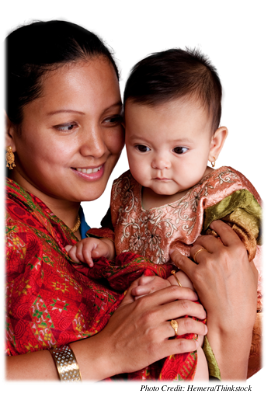
Slide 16 of 17: Assessment: Check Your Understanding
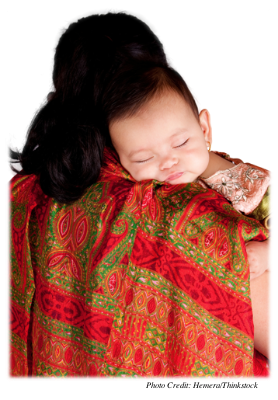
Slide 17 of 17: Assessment: Check Your Understanding

Congratulations! You have completed this activity.Total Score: x out of x points (x%) You have received a provisional score for your essay answers, which have been submitted to your instructor.